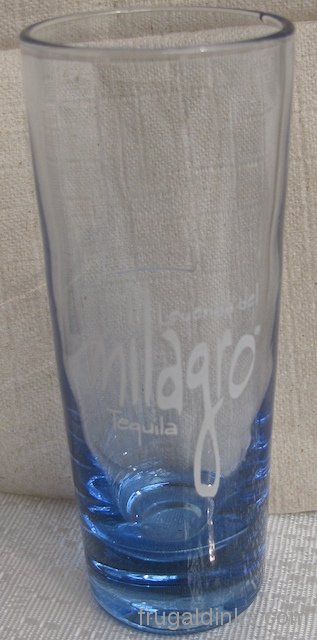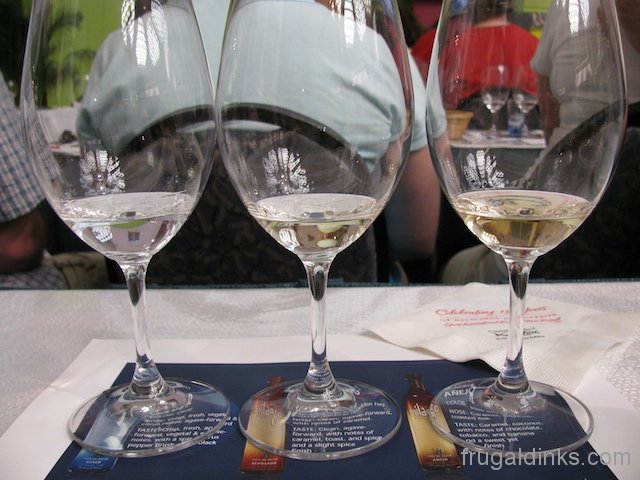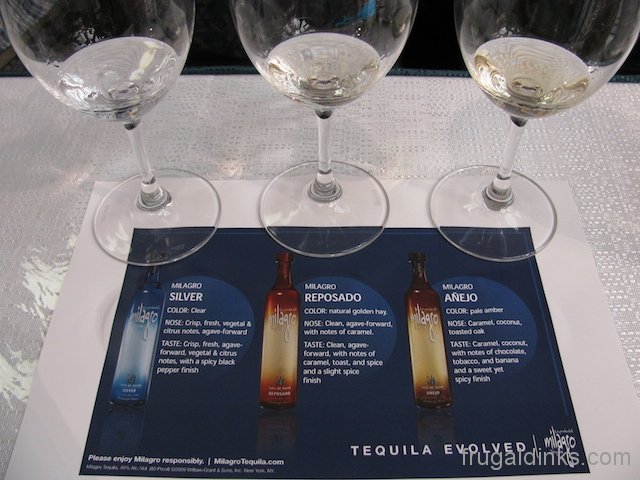
Who & What: Milagro Tequila from Jalisco, Mexico; Presented by Jaime Salas, Tequila Brand Ambassador (from the distillery)
When: Tuesday, October 26, 2010 @ 4:00 p.m.
Tequila is officially the most expensive to produce spirit. It takes 8 to 12 years for blue agave to mature; unlike grains which mature and are harvested after a single growing seasons. In order to be a tequila, the spirit must be at least 51% blue agave sugars, must be produced in the tequila DOM region, must be all natural, and must be distilled at least twice. Tequila is produced by cultivating & harvesting agave, cooking the agave, shredding it and extracting the juice, fermentation with yeast (wild, commercial or proprietary), distilling the resulting spirit, and aging the spirit. The goal when producing tequila is to create a spirit that is palatable, with robust flavor, well-balanced notes, and smooth, good finish. Tequila can be aged in either oak barrels or in oak lined vats. The oak itself is typically toasted, not charred. The color and the nose of tequila comes from the oak aging.
There are at least five styles of tequila:
- Joven y Abocado “young & rested”
- Silver (60 days aging in oak barrels)
- Reposado (2 to 11 months aging in oak barrels)
- Anejo (1 to 3 years aging in oak barrels)
- Extra Anejo (over 3 years aging in oak barrels
Milagro Tequila began in 1997 as a modern take on an older spirit, the bottles reflect that modernity. Milagro has proprietary cultivation and harvesting, all blue agaves are estate grown. They use the traditional cooking methods, the pinas are slow baked for 24 to 36 hours in stone or clay ovens (when they’re cooking, the smell is like baked sweet potatoes). Modern techniques are employed for the shredding/juice extraction. Modern techniques are used for the fermentation – stainless steel tanks, controlled yeast strains, and controlled fermentation process. The distillation process also uses modern techniques and equipment – the spirit is 3x distilled in pot stills (2x) and in column stills (1x). Most of the aging takes place in American white oak barrels.

We were given tequila shot glasses with the Milagro logo etched on them
Tasting Notes:

Unlike at the other beverage seminars, Milagro had customized placemats with extra information printed on them
Milagro Tequila – Silver
- Nick says, “color is very clear, there are noticeable tears/legs, the nose is lemony and grassy, the taste is much too peppery for me”
- Nora says, “tears are fat and close together, this tequila is crystal clear, the nose is slightly peppery and very crisp, when I chew it I get a lot of greeny flavors”
Milagro Tequila Reposado – aged in white american oak bourbon barrels
- Nick says, “the color and the beads at the top of the swirl are almost like a white wine; the nose is pleasant and light, nothing clearly discernible; the taste is still peppery (too much), the finish is even a bit bitter but a “toffee” sort of bitter”
- Nora says, “the tears are like beads on a string; the color is pale straw; the nose is great, slightly spicy; the taste is a bit oaky, but not too much so”
Milagro Tequila Anejo – again aged in white american oak bourbon barrels
- Nick says, “very slow wide legs, this tequila is very viscous; the nose smells of unripe bananas, still quite light; the taste isn’t peppery, but it’s still too spicy and harsh for me; the raw alcohol flavor is too strong, especially after tasting scotch”
- Nora says, “the tears are closer and thicker – higher viscosity; the color is a little darker straw; great nose of unripe banana and maybe fresh cured tobacco; the taste is very peppery, not too oaky; when I added a drop of water the sweetness increased”

While these were good tequilas, they weren’t as much to our liking as some of the others we’ve tasted during the Food & Wine Festival. Nora is the tequila lover in our household, a few days after this seminar she had a chance to try a hibiscus infused reposado at La Cava de Tequila… she’d order it over the Milagro in the future.
You must be logged in to post a comment.